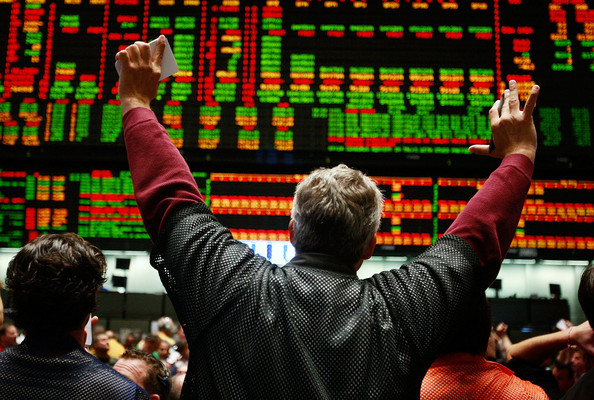Trying to pick the right day trading market can seem daunting to a beginner. In truth though, it really isn’t that difficult. As long as you accurately assess your own knowledge and capabilities, finding the right market is just a matter of narrowing down the choices to find one that suits your trading needs.
Initial Trading Deposit
In order to start trading, you have to open a trading account with brokerage and deposit money into the account. That money is used to determine how much money you can trade with, or your trading margin. In many cases, the minimum is $5,000. Every market has its own requirements for entrance. For example, two popular markets for beginners, EUR (the EUR futures market) and YM (the mini Dow Jones futures market) only require an account with the minimum deposit. Other popular markets, such as DAX (The DAX index futures market) require a higher available trading margin. For people who are just starting out, it is a wise idea to avoid markets with higher trading margin requirements until they have more experience.
Trading Speed
Some markets move very slowly, which can frustrate a novice who is eager to start making money. Other markets move so quickly that only very experienced day traders can make the rapid decisions with confidence that the market requires. As you are building experience, you should stick with markets that move at a moderate speed. Go to slow and you’ll get discouraged, go too fast and you could lose your shirt. It is natural to be hesitant when you are learning the ropes, so pick a market where you have time to think about your decisions, but not so much time that you feel like you are waiting forever to see results.
Location
Even though most day trading is done on the Internet these days, that doesn’t mean time isn’t a factor. For example, if you live in Philadelphia and pick a day trading market in Europe, you will likely end up making trades in the middle of the night. Even worse, you could end up making trades based on what the day is in your time zone and it is the next day in the market’s time zone. Be sure to pick a market that is actively trading during the hours you plan to work.
Tick Value
The tick value, also known as the minimum price value, is the price you pay or earn per minimum change. In other words, if the minimum price movement for your stock has a tick value of $12.50 it goes up or down by that amount according to each tick size (percentage) the stock gains or loses. For new investors, picking a market with a low tick size is highly advisable, especially if you’re working with a minimum trading margin.
While it is a good idea to diversify the markets you invest in, it’s not always a good idea to do it while you are just getting started. Pick a market that seems reasonable, suits your needs and stick with it for a little bit. As you gain experience, you will also gain the confidence to move on and try other markets.
About the Author: Lason Dietzman is an amateur trader currently working towards starting a career in daytrading. He likes to read Tim Sykes review materials and enjoys learning from other successful traders.

